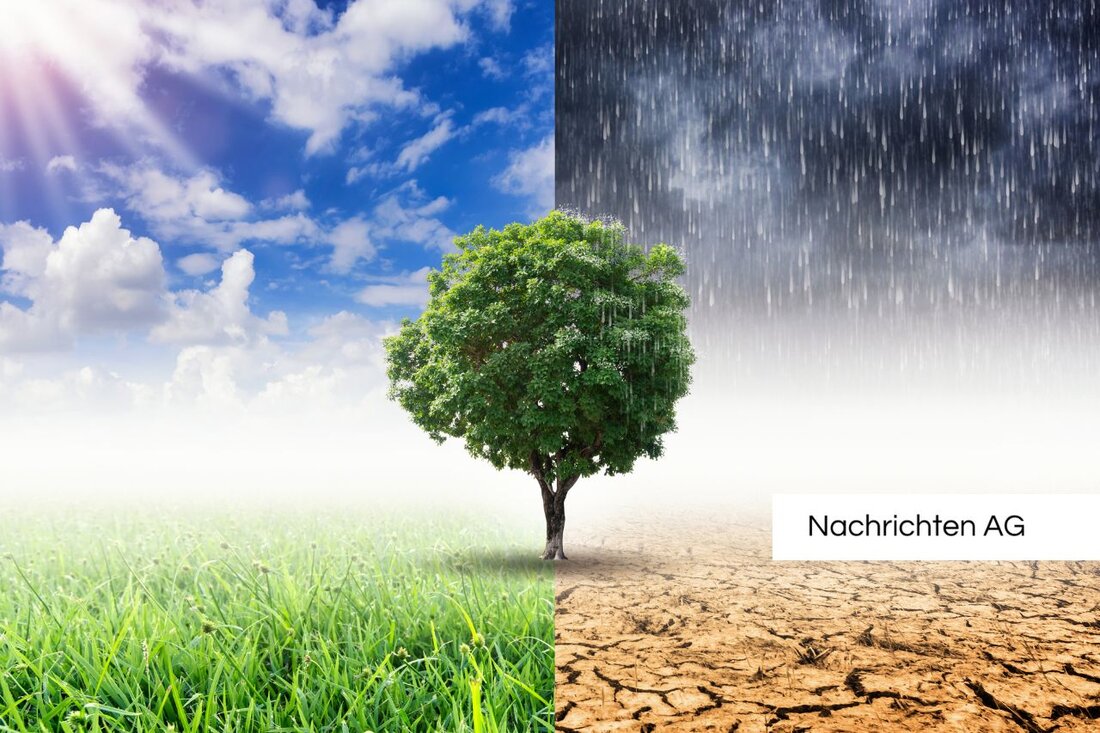Farewell to urban gardening: last chance for green oases!
The Burglesum urban gardening project is closing its doors. Find out more about the background and future plans.

Farewell to urban gardening: last chance for green oases!
In Bremen-Vegesack, the UrbanGardening project, which was launched around ten years ago on a 2,000 square meter brownfield site on Hermann-Fortmann-Straße, has come to an end. The decision to close the area was made in mid-June 2023 because various funding that was essential for the continuation of the project was no longer available. UrbanGardening aimed to offer workshops and practical examples of gardening in the city. It was a vibrant place where city residents could learn how to grow their own food while strengthening community.
The closure of the project is a major setback, not only for the organizers, but also for the many people who appreciated the benefits of urban gardening. As part of UrbanGardening, city residents were able to experience local food production and learn how their environmental awareness grows when they see how food actually grows on their own beds. “Climate protection in everyday life”, an accompanying project that promoted charitable initiatives, also had to be discontinued. The non-profit association alz relies on funding to create jobs for people with difficulties in the regular labor market.
Last opportunity and future prospects
There is one last ray of hope: On Wednesday, September 24th, UrbanGarden fans can purchase their last exhibition copies and DIY pieces from 9:30 a.m. to 5 p.m. In addition, around 50 goldfish that previously lived in the area's ponds need a new home. After the special sale, the area will be cleared away, but the topic of “gardening in the city” should not completely disappear from the association’s portfolio. The plan is to set up a small garden area in the front part of the company premises, near the Meal bistro.
The importance of urban gardening is undisputed. Such projects transform gray areas into green oases and make a significant contribution to improving the microclimate and promoting biodiversity and social integration. There are many successful examples of such initiatives across Germany that show how urban gardens serve both the environment and the community. Projects like the Princess Gardens in Berlin or the Vegetable Shipyard in Bremen illustrate how exciting communal gardening can be and the social exchange it promotes.
Ecological and social aspects
Urban gardens not only provide habitat for numerous insects, but also a platform for environmental education. Here both children and adults learn about plants and sustainable farming methods. City residents value the opportunity to grow fresh food while socializing. In order to meet challenges such as lack of space, weather conditions and legal regulations, careful planning is essential.
In view of the urban challenges, such as increased surface sealing and the loss of retreat spaces for nature, community gardens have long been more than just pretty oases. They are innovative and powerful, promote cooperation and improve the quality of life. Projects like UrbanGardening in Vegesack remind us how important it is to anchor nature in our cities and to strengthen social coexistence through community activities.
Although the end of the UrbanGardening project in Bremen-Vegesack is a sad moment, the idea of community gardening lives on. The need to integrate sustainable and green solutions into our cities remains relevant. So that we can continue to enjoy “gardening in the city” in the future, we all have to pull together and actively promote such initiatives.

 Suche
Suche
 Mein Konto
Mein Konto